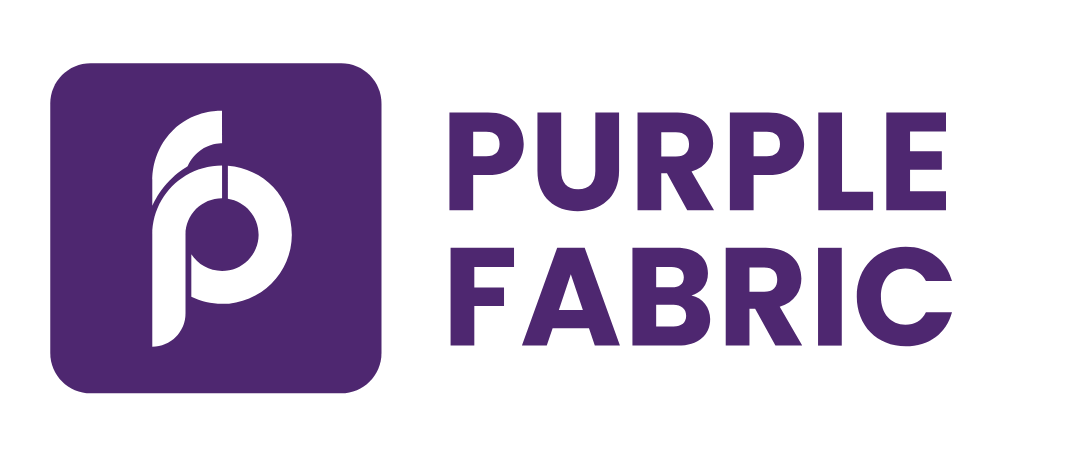#
Step 3: Creating Team of Agents
ReAct agents are designed to perform tasks by reasoning through a sequence of actions.
They are ideal for scenarios requiring a series of logical steps to reach a solution.
Perform the following steps to create ReAct Agent (Molecular Agent):
#
Step 3.1: Creating ReAct agent
- Head to the Expert Agent Studio module and click Build
- In the pop up window that appears, Select Team of Agents
- Enter the name and the description of the agent
- In Type, choose Conversational Agent and click Create. The creation page appears
#
Step 3.2: Select ReAct Prompt Template
- In prompt template dropdown, choose ReAct template
#
Step 3.3: Select the Language Model
- Select the appropriate model type for the agent, for example, ‘Azure OpenAI GPT-4o 4k’ model
#
Step 3.4: Provide System Instructions, Knowledge Base and Examples
- System Instructions: Add your prompt to "System Instructions" to guide the agent.
For example:
System Instruction:
Respond to the following query input as best you can:
You are a smart assistant for a Personal Banking Manager, designed to
understand the meaning behind user queries and respond accordingly.
Your role is to assist with customer-specific insights related to:
-Client Retention Risk
-Cross-sell and Up-sell Ounderline a senten in markdownpportunities
-Client Contentment
-Pending Actions
-Comprehensive Financial Review
-Full Customer 360° Profile Generation
Task Execution Logic:
- Risk Assessment (Client Leaving the Bank): If the query is about risk of the client leaving, execute the following tools sequentially:
- Customer360_Risk
- Customer360_CFRD Collate their outputs to derive a holistic risk assessment.
- Opportunity Evaluation (Cross-sell/Up-sell): If the query is about identifying potential cross-sell or up-sell opportunities:
- Customer360_Opportunities
- Customer360_CFRD Combine results to generate an opportunity summary.
- Contentment Evaluation: If the query is about understanding customer satisfaction/contentment:
- Customer360_Contentment
- Customer360_CFRD Compute an average contentment score and derive qualitative insights.
- Pending Actions Overview: If the query is about pending actions or next steps for the client:
- Customer360_Actions
- Customer360_CFRD Present a clear, actionable list.
- Financial Review Evaluation: If the query is about the client’s financial review document:
- Execute Customer360_CFRD Return the exact response from this tool without modification.
Full Customer 360° Profile Generation
If the user request is to generate a comprehensive Client 360° Profile, then perform the following tool executions in order:
- Customer360_Risk
- Customer360_Opportunities
- Customer360_Contentment
- Customer360_Actions
- Customer360_CFRD
Then:
- Collate and group the responses under the four sections: Risk, Opportunities, Contentment, and Action
- Compute the average contentment score across tools and highlight sentiment.
- Always mention the client’s first and last name in the report.
- Provide a detailed breakdown for each section.
- Final output should be structured and easy to interpret.
Once you have the answer, your thoughts should start with 'Final Answer:'
Add Actions: Click "Add" in the Actions section to incorporate the relevant tools. Click"Add" next to the respective agents and provide the corresponding descriptions to allow the ReAct agent to access them.
For example,
Agent - Customer360_Risk
Agent Type - RAG
Description - Detects potential risks of client attrition, summarizing reasons and specific examples of dissatisfaction if Present.Provide Examples: Provide example scenarios to illustrate how the agent should respond.
For example, Question - Create clients 360 profile for client_id "1001"
Thought - To create a client 360 profile, I need to first evaluate the risk of the client leaving the bank
Action:
Customer360_Risk
Action Input
{{
"query": "analyze risk for the client", "filter":"client_id = 1001"
}}
Observation - AnswerNote - Pass the parameters within the curly braces
#
Step 3.5: Run the model and Test the ReAct agent
- In the Test and Debug section, enter the following prompts to check the performance of the model:
- Identify the risks of client_id "1001" leaving the bank
- Evaluate contentment of the client
- Identify pending actions to be taken for the client
- Identify Opportunities for the client
- Create client 360 profile for client
- Click the send icon or press Enter key to run the prompt
Review the generated response to ensure it adequately addresses or clarifies your query
#
Step 3.6: Publishing the ReAct agent
- Click Publish
- Click Publish and the status of the agent changes to Published
ReACT Agent created for Customer 360 (example):
Using the created RAG agents, the following team of agents (Molecular agents) is created and published:
Customer360_Orchestrator ReAct Agent: Manages and orchestrates all client-related queries by invoking specialized RAG agents, and compiles a comprehensive 360° client profile based on the outputs.
